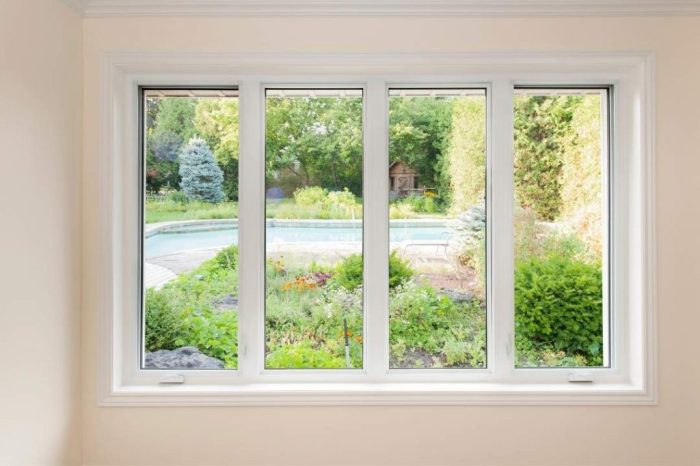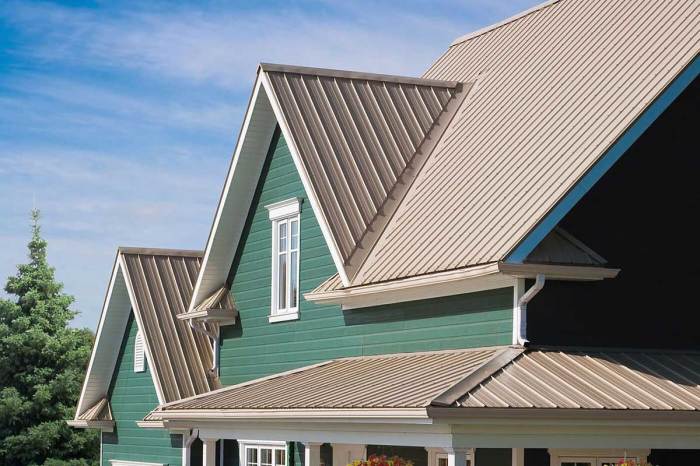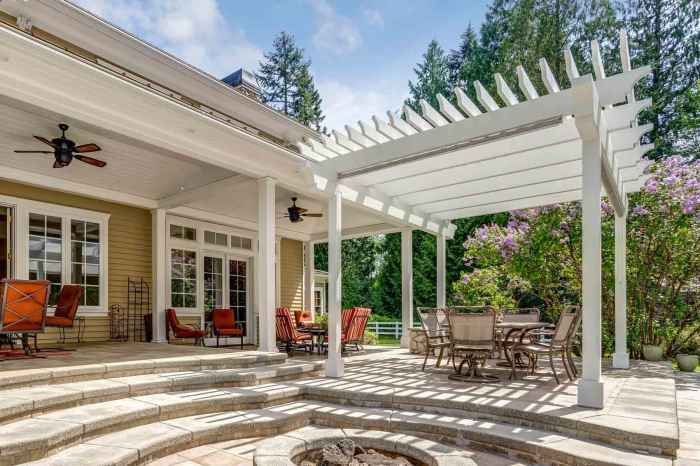Exploring the Benefits of Installing New Windows for Home
Diving into the realm of new windows for home installation, this introduction sets the stage for an insightful exploration of the topic. From energy efficiency to aesthetic enhancements, new windows have the power to transform living spaces in remarkable ways.
As we delve deeper, we will uncover the nuances of different window types, the considerations to keep in mind before installation, and the intricacies of the installation process itself.
Benefits of Installing New Windows for Home

Installing new windows in your home can bring a multitude of benefits that go beyond just improving the aesthetics. From energy efficiency to enhanced natural light and ventilation, here are the key advantages:
Energy Efficiency Improvements
New windows are designed with advanced technologies like double or triple glazing, low-emissivity coatings, and insulated frames, which help in reducing heat loss during winters and heat gain during summers. This results in lower energy bills and a more comfortable indoor environment throughout the year.
Impact on Overall Aesthetics
Upgrading to new windows can instantly transform the look of your home, enhancing its curb appeal and increasing its market value. With a wide range of styles, colors, and finishes available, you can choose windows that complement your home's architectural style and personal taste.
Enhanced Natural Light and Ventilation
New windows allow more natural light to enter your living spaces, creating a brighter and more inviting atmosphere. Additionally, modern window designs come with improved ventilation options, helping to maintain a healthy indoor environment by allowing fresh air to circulate effectively.
Types of Windows Suitable for Home Installation
When choosing windows for your home, it's essential to consider the different types available and how they can impact both the functionality and design of your space.
Single-Hung Windows
Single-hung windows are a common choice for many homes. They have a fixed top sash and a bottom sash that slides up and down. These windows are easy to operate and provide good ventilation. However, cleaning the exterior of the top sash can be challenging.
Double-Hung Windows
Double-hung windows have two moveable sashes that can slide up and down. This allows for better airflow and makes cleaning easier since both sashes can tilt in for easy access to the exterior. They are versatile and work well in various home designs.
Casement Windows
Casement windows are hinged on one side and open outward with a crank. They provide excellent ventilation and a clear view when closed. However, they may not be suitable for areas with high wind exposure, as they can be difficult to open in strong winds.
Sliding Windows
Sliding windows have one fixed sash and one that slides horizontally. They are easy to operate and work well in tight spaces where a swinging sash would be impractical. However, they may not provide as much ventilation as other types of windows.
Window Materials
- Vinyl: Vinyl windows are affordable, low-maintenance, and energy-efficient. They come in various styles and colors to suit different home designs.
- Wood: Wood windows offer a classic look and excellent insulation. However, they require more maintenance to prevent warping or rotting.
- Aluminum: Aluminum windows are durable, lightweight, and resistant to corrosion. They are suitable for modern and industrial-style homes.
- Fiberglass: Fiberglass windows are strong, durable, and low-maintenance. They offer excellent insulation and come in various finishes to match your home's aesthetic.
Factors to Consider Before Installing New Windows
When upgrading your home with new windows, there are several factors to consider to ensure you make the right choices for your specific needs. Proper measurements, energy-efficient glass options, and the impact of climate and location all play a crucial role in determining the best windows for your home.
Importance of Proper Measurements for Window Replacement
Before purchasing new windows, it is essential to take accurate measurements of the window openings. Proper measurements ensure a perfect fit, preventing air leaks and water infiltration. Inaccurate measurements can lead to a host of problems, including drafts, energy loss, and even structural damage to your home.
Significance of Selecting Energy-Efficient Glass Options
Choosing energy-efficient glass options, such as low-emissivity (Low-E) coatings or double-pane windows, can significantly impact your home's energy efficiency. These options help to reduce heat transfer, keeping your home cooler in the summer and warmer in the winter. By selecting energy-efficient glass, you can lower your energy bills and reduce your carbon footprint.
Impact of Climate and Location on Choosing the Right Windows for a Home
The climate and location of your home play a crucial role in determining the type of windows that will best suit your needs. For instance, in colder climates, windows with a high insulation value are essential to keep the heat inside your home.
In warmer climates, windows with low solar heat gain coefficients can help reduce cooling costs. Additionally, the exposure to elements, such as wind and rain, in your specific location will influence the durability and performance of the windows you choose.
Installation Process of New Windows
Installing new windows in your home can be a rewarding project that adds value and enhances the aesthetics of your living space. The installation process involves several steps, from preparation to completion. Let's explore the key aspects of installing new windows.
Preparing for Window Installation
- Measure the existing window openings accurately to ensure the new windows fit properly.
- Remove any window treatments, hardware, and trim around the old windows.
- Clean the window area and ensure it is free of debris and obstructions.
Tools and Materials Required
- Replacement windows
- Caulk and weatherstripping
- Screwdriver, hammer, and utility knife
- Level, tape measure, and pry bar
- Insulation foam and shims
Common Challenges and Solutions
- Uneven window openings: Use shims to level the windows and ensure a proper fit.
- Sealing gaps: Apply caulk and weatherstripping to prevent drafts and improve energy efficiency.
- Trimming issues: Cut and install new trim carefully to enhance the appearance of the windows.
Final Wrap-Up
In conclusion, the journey through new windows for home installation reveals a world of possibilities for homeowners seeking to elevate their living environment. Whether it's enhancing natural light or upgrading energy efficiency, the choice of new windows can truly make a difference in the comfort and appeal of a home.
FAQ
What are the benefits of installing new windows for a home?
Installing new windows can improve energy efficiency, enhance the aesthetics of a home, and increase natural light and ventilation in living spaces.
What are the different types of windows suitable for home installation?
There are various types such as single-hung, double-hung, casement, and sliding windows, each with its own pros and cons in terms of functionality and design.
What factors should be considered before installing new windows?
Important factors include proper measurements for replacement, selecting energy-efficient glass options, and considering the impact of climate and location on window selection.
What is the installation process of new windows like?
The process involves preparing for installation, gathering necessary tools and materials, and overcoming common challenges that may arise during the project.




